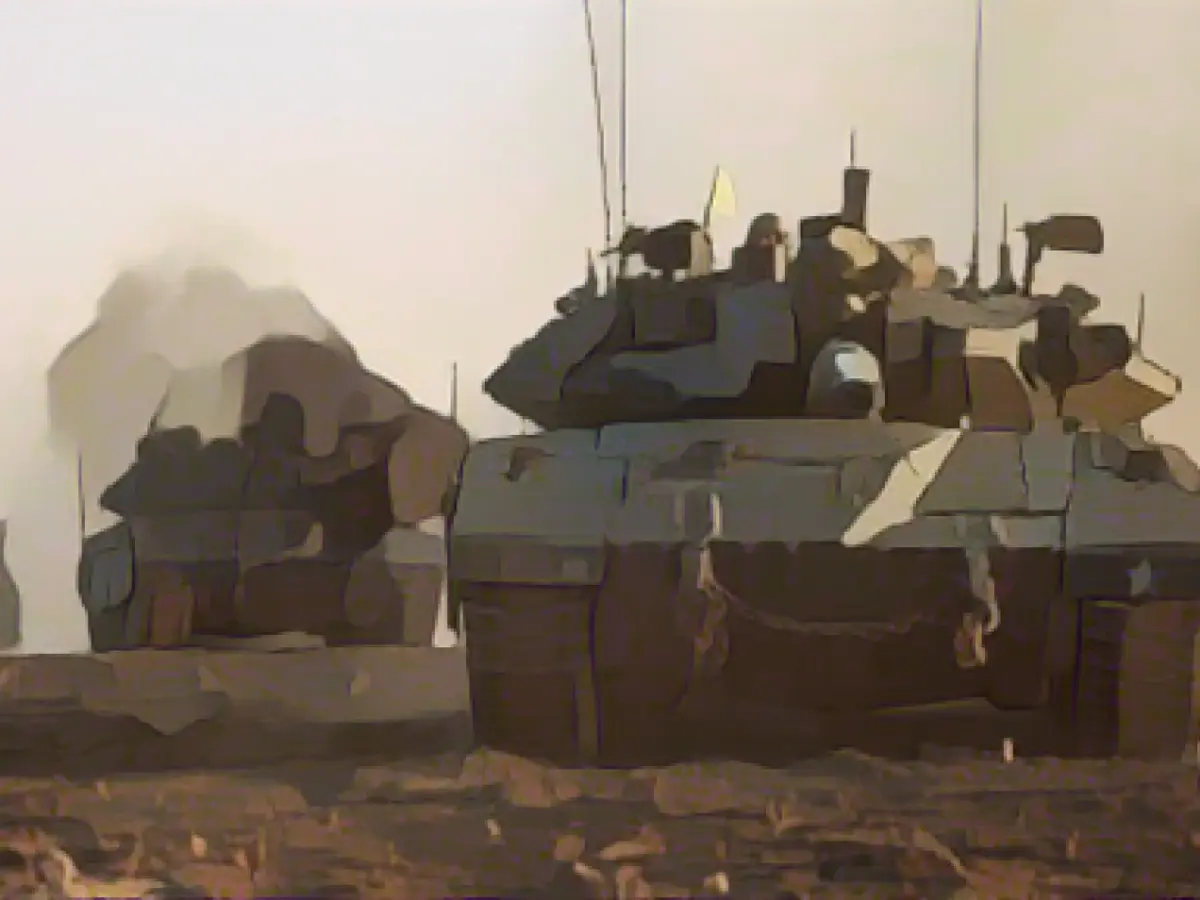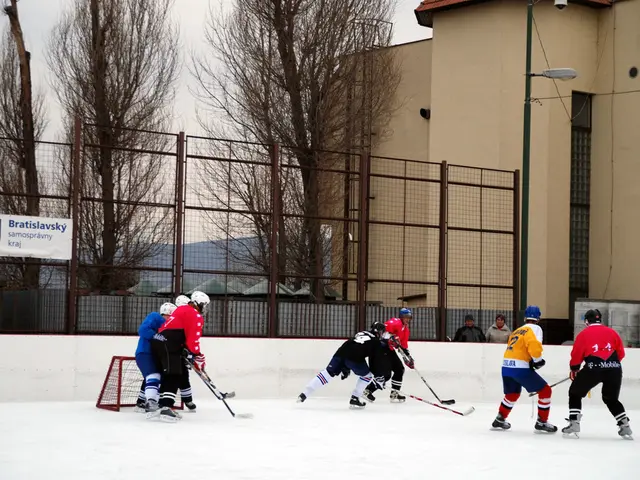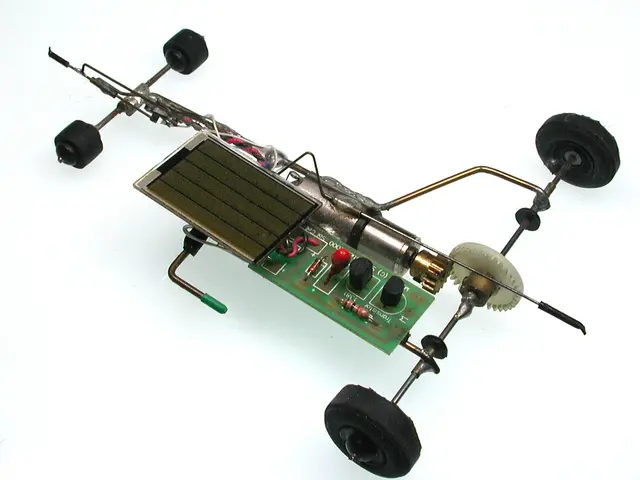Israeli Tank Incursion in Southern Gaza Strip Sparks Concerns and Violence
The Israeli military announced on Monday that it was taking "aggressive" measures against "Hamas and other terrorist organizations" in the city of Khan Yunis, located in the southern part of the Gaza Strip. As a result of the Israeli forces' advance, civilians are now unable to travel on the Salaheddin Road to the north and east of Khan Yunis.
The Salaheddin Road, acting as a crucial traffic artery, connects the north and south of the Palestinian territory. The Israeli military warned citizens to stay clear of the area, labeling the road a "battlefield" and "very dangerous" to navigate.
Eyewitnesses reported to the AFP news agency that dozens of Israeli military vehicles entered the Gaza Strip during Chan Junis, reaching the Salaheddin Road. The Israeli tanks reportedly began occupying the road on both sides, cutting off access between Deir al-Balah and Khan Yunis.
According to 34-year-old Moas Mohammed, Israeli soldiers fired "bullets and tank shells at cars and people trying to move through the area."
For weeks, the Israeli military had focused on the northern part of the Gaza Strip, triggered by Hamas' attack on Israel on October 7. However, last weekend saw an increase in heavy fire in the south, including the area around Chan Junis.
Citing concerns for civilian safety, a spokesperson for the German Foreign Office expressed their concern over the Israeli army's expansion of its military operation into the southern Gaza Strip. They emphasized that Israel should take precautions to avoid civilian suffering.
The Israeli military had previously urged civilians to move to safe areas "if necessary" and affirmed they had no intention of expelling Palestinian civilians from the Gaza Strip. To help facilitate this, they had established a "humanitarian zone" along the coastal area of Al-Mawasi.
Despite these precautions, the conflict in the Gaza Strip has resulted in the displacement of nearly 1.8 million people, with many forced to live in overcrowded shelters.
As the ceasefire agreed upon expired on Friday, both Israeli and Palestinian forces have continued to engage in violence. On Monday night, several individuals were reportedly killed when an entrance to the Kamal Adwan hospital north of Gaza City was hit. The Israeli army did not immediately respond to reports regarding this incident, claiming that Hamas had installed military positions beneath hospitals.
The current violence in the Gaza Strip has been ongoing for over eight weeks since Hamas launched a series of attacks on Israel on October 7, resulting in the death of hundreds of civilians and the abduction of dozens more. The conflict has also led to massive Israeli military attacks on targets within the Gaza Strip.
Updates on the situation in the Gaza Strip remain a subject of ongoing concern and reporting, as both Israeli and Palestinian forces continue to negotiate a lasting peace agreement.
Insights from Enrichment Data:
According to the latest available data, a ceasefire agreement between Israel and Hamas was established on January 19, 2025. While the agreement called for a withdrawal of Israeli forces from population centers and an expansion of humanitarian aid into Gaza, reports suggest that ongoing violence has continued since the ceasefire was announced. The Israeli military maintains a presence in the eastern sector of the Netzarim Corridor, the Philadelphi Corridor, and the buffer zone along Gaza’s northern and eastern borders, leading to frequent confrontations between Israeli forces and local Palestinian residents. The ongoing humanitarian needs and challenges faced by local residents, coupled with the difficulties in clearly defining boundaries between restricted and accessible areas, have contributed to continued tension and violence in the region.




